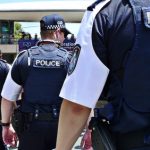Millions in Misconduct Payments: Shoebridge on the Paramilitary NSW Police Force

It’s been revealed that over the financial year 2019/20, the NSW Police Force or rather, the state’s taxpayers who fund them, paid out $24,164,658.82 to settle and defend police misconduct claims. And the number of civil cases brought against the police over that same year was 298.
The annual figure of around 300 civil actions taken against NSW police is consistent over the four year period ending in 2019/20. This means that the force is being sued at least once every working day for actions like assault, battery, unlawful imprisonment and malicious prosecution.
And on top of what should be a major concern to an institution like NSW police, these figures aren’t regularly collated.
This data which could very precisely indicate internal problems within the force isn’t being monitored and therefore, police misconduct issues are simply swept under the carpet. And it also remains unclear whether officers involved in proven misconduct incidents are being sanctioned.
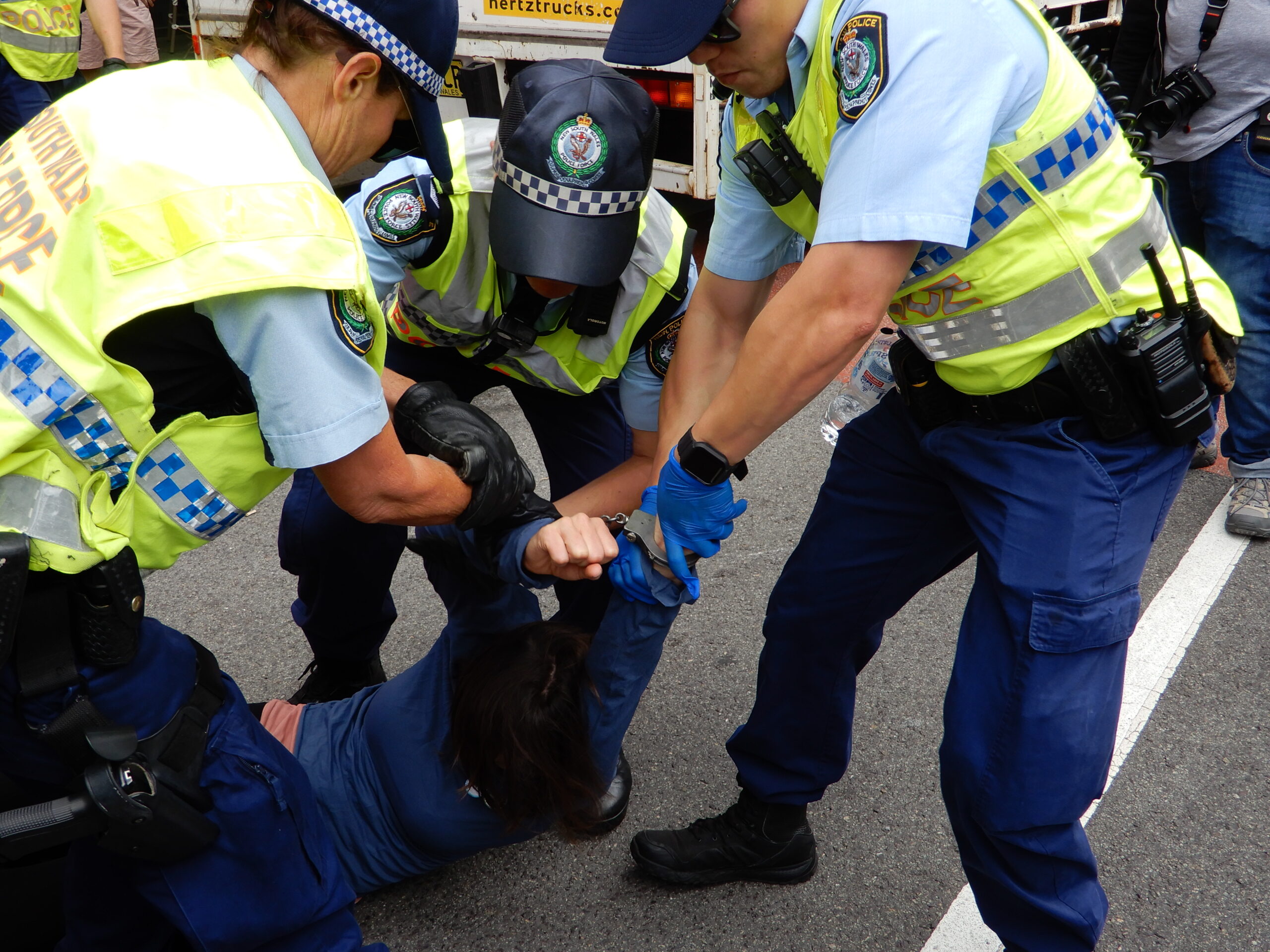
Upholding civil liberties
These figures have been brought to you by NSW Greens MLC David Shoebridge, who’s spent years trying to chase them up via a number of avenues only to have NSW police respond with they’re not available because they hadn’t been processed.
However, in early August, Shoebridge moved a motion in the NSW upper house that required the Department of Communities and Justice to hand over the police misconduct civil claim figures within 21 days.
“Information about claims against police is a critical matter of public interest,” the Greens justice spokesperson told the NSW Legislative Council on 5 August.
“It allows us to identify any patterns of police misconduct and behaviour that warrant changes to the law, police and procedure updates, or possible disciplinary actions against officers or those instructing them.”
As an example, Shoebridge suggested that if it was found the NSW police drug detection dogs were leading to a sizable amount of successful claims over the misapplication of strip searches, then questions should be asked as to whether drug dog operations are “fit for purpose”.
A lack of transparency
Shoebridge is not the only one crying foul over the refusal of NSW police to air its dirty linen. It turns out the Law Enforcement Conduct Commission (LECC) has also been questioning the millions police are squandering on an annual basis.
Indeed, the longer police management simply looks the other way, means that more taxpayer dollars will be wasted on this band-aid approach to dealing with misconduct, and it will also lead to more cases of officers throwing out the rule book when it comes to policing the public.
Sydney Criminal Lawyers spoke to David Shoebridge about the implications of the misconduct figures, how he’d like to see this information utilised for the betterment of the community, and why the way NSW police is currently shaping up should be of concern to the public.
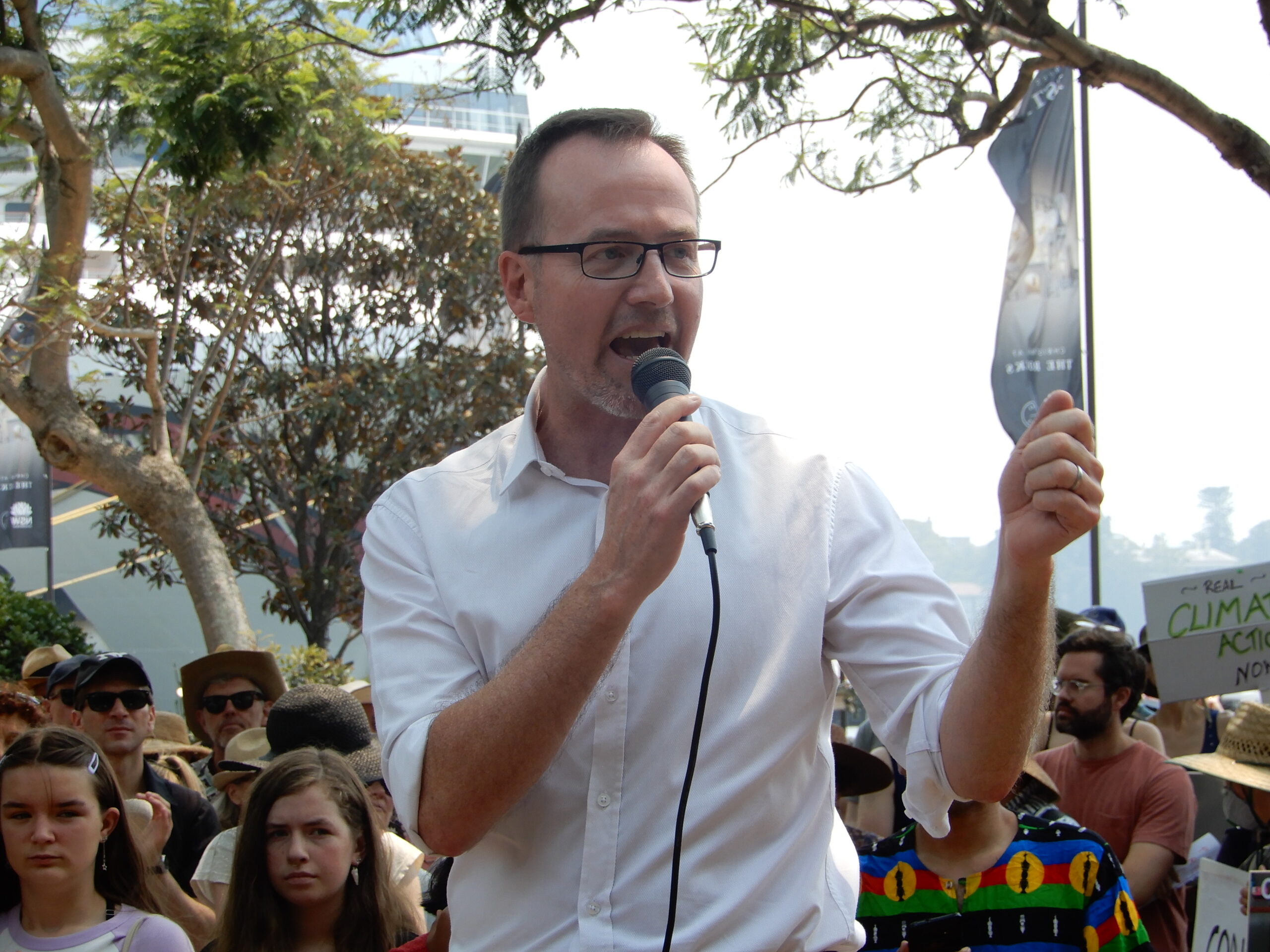
Firstly, in August, you moved a motion requesting the release of figures relating to civil actions brought against the NSW Police Force over incidents of misconduct.
That data has come back and it indicates that over the year 2019/20 NSW police paid out $24 million as a result of legal actions taken against it.
David, overall, how would you sum up what’s been learnt from the data provided?
What we’ve found out is a small part of the cost that the NSW public pay for misconduct.
We now know that at least $24 million was paid out by the police in response to claims that individual officers had abused their powers, falsely arrested people and assaulted people.
But that’s only a small part of the real cost of police misconduct, which, of course, reaches into people’s lives and can have devastating consequences for individuals.
This data has been notoriously hard to come by. Yet we’re talking over 300 civil actions taken against police each year. What’s the level of secrecy around this leading to?
One of the things I’ve found increasingly frustrating is the lack of transparency from the NSW Police Force.
We’ve literally been chasing this data for years. I know that even empowered statutory bodies, like the Law Enforcement Conduct Commission, have trouble getting this information from the NSW police.
This lack of transparency means first of all that the public isn’t aware of what the real cost of police misconduct is, but it also means that the organisation itself doesn’t have any feedback loop. It isn’t learning from its mistakes.
It isn’t learning from the fact that they keep paying out tens and tens of thousands of dollars for police misconduct, and that’s bad for the police, it’s bad for the public, and it’s one of the reasons why I’ve found this lack of transparency so frustrating.
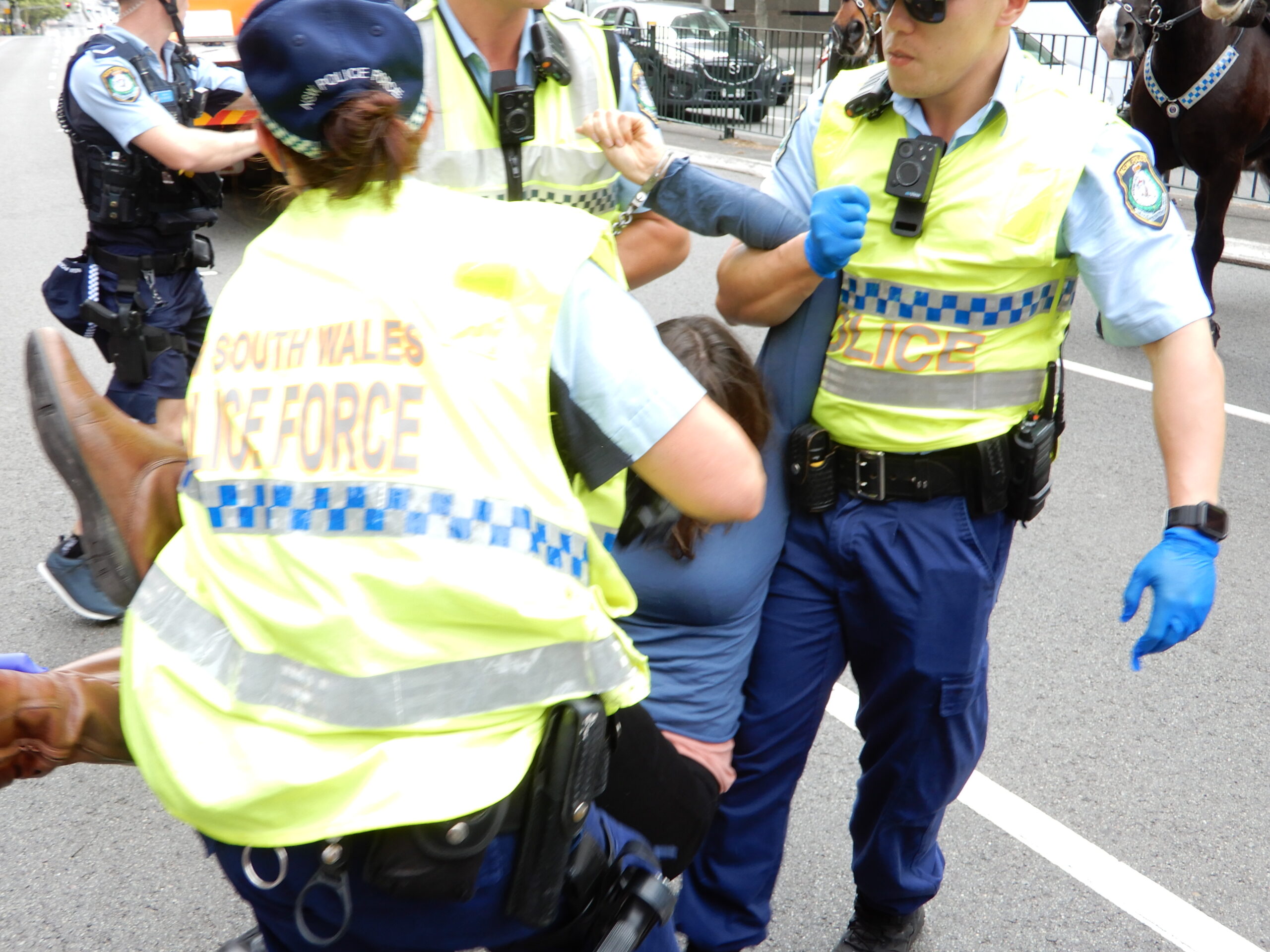
So, how could this data be better used?
The police could use this data if they choose. It could be used to identify individual officers that, for example, keep having claims made against them.
They could identify the lack of training: whether or not there are consistent patterns to misbehaviour that are leading to negative consequences with the public and costing the NSW government significant financial damages.
But, up to now, we’ve been told that the police don’t gather this data in any one place. It was ultimately a kind of arm wrestle in the NSW upper house that finally led to this information being provided.
We said to the government, if they wouldn’t provide a consolidated list, we would force them to release every single document in relation to these claims.
It was ultimately that threat of even greater transparency that finally squeezed this figure out of the NSW Police Force.
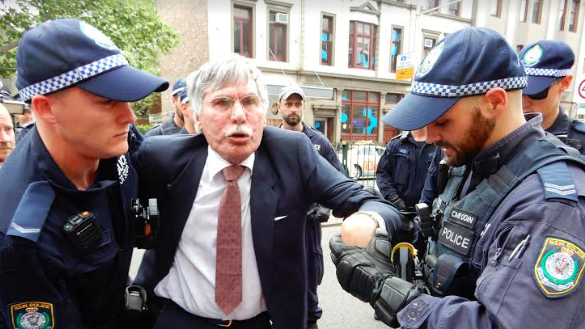
So, there’s around $2 million worth of public money being handed out a month to cover the misconduct of police. How would you suggest this could be better spent?
We know where this money could be better spent. This money could be better spent actually empowering communities and having a non-police response to mental health concerns.
The government has been trumpeting the fact that they have a $9 million pilot project to expand what’s called the PACER Program. It sends specially trained mental health resources in when there’s an emergency call involving somebody with a mental health condition, rather than police.
We could triple the coverage of that campaign every year if we could divert money away from police misconduct cases.
What I would also say is, I’ve had a number of lawyers contact me since this information has found its way into the public domain, and they’re concerned that the figure is far too low.
They state it’s likely there were substantial additional payments made by the NSW police that haven’t been disclosed.
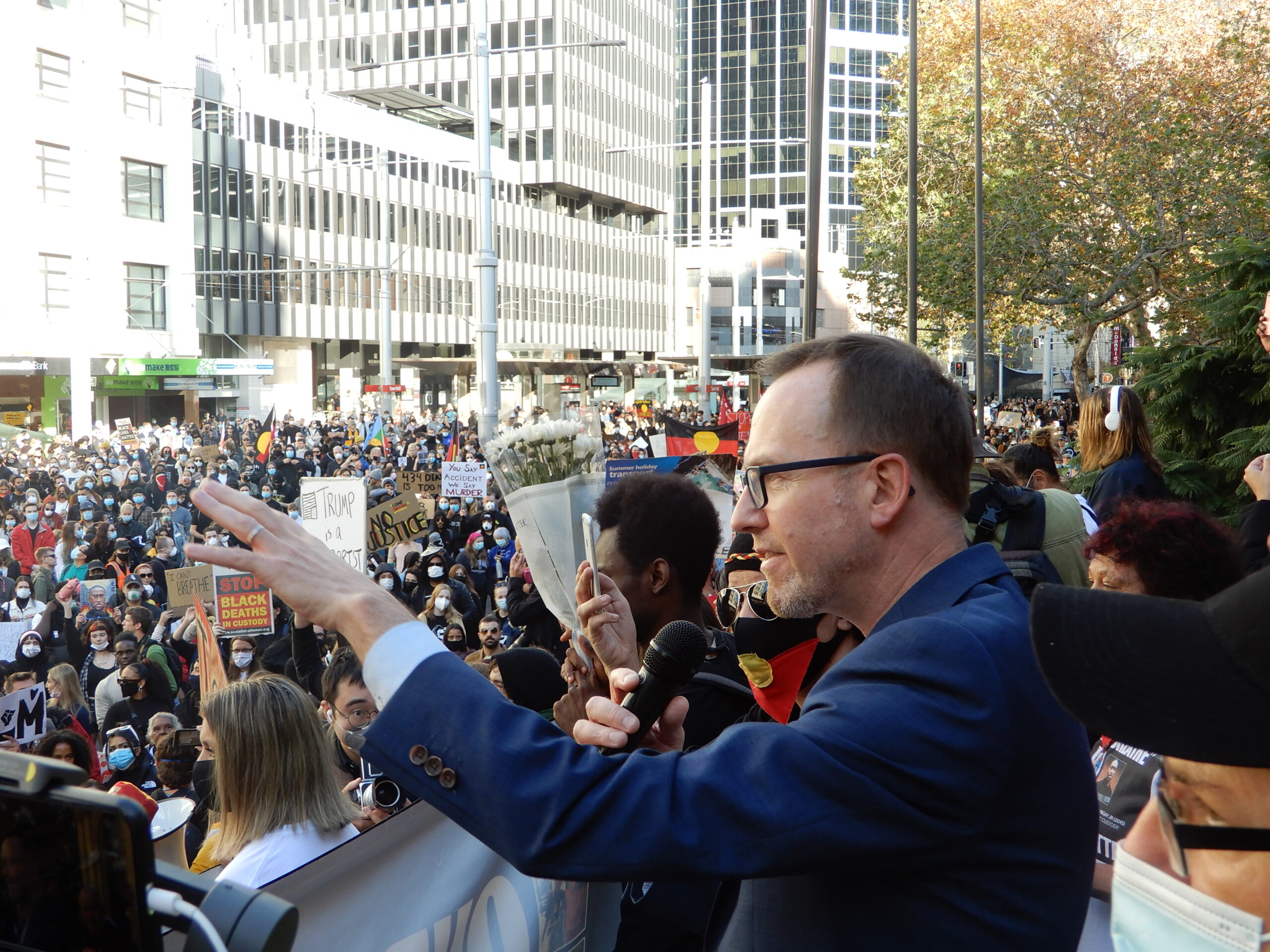
The NSW Police Force has come under a lot of criticism recently in terms of its heavy-handed approach to policing the pandemic, as well as its subsequent enforcement of a hangover ban on protests, and the foundations of the institution have been criticised by Black Lives Matter.
David, how would you sum up the performance of NSW police recently?
We’ve seen the police increasingly style themselves as a paramilitary force, whose mission is to force compliance upon the public. And that’s a very dangerous path.
Police in an open liberal society – like we’re meant to have – have traditionally been modelled on a far less coercive approach.
If you go back to the foundation of policing in the United Kingdom – which is where we’re meant to have drawn our policing theory from – the cornerstone of policing was meant to be policing by consent.
So, instead of being an occupying force exerting their will upon the public, the police actually work in tandem with the community, actively seeking their consent to make for a safer community.
That concept of policing by consent is close to being lost in NSW. And as a result, we see this pattern of increasing damages being paid, more aggressive strip searches, paramilitary uniforms, crowd control measures and the increasing weaponisation of the NSW Police Force.
The NSW parliament has been complicit in every one of those steps. This is ultimately a political problem, which is why I urge members of the public to get engaged, and have their voices heard.
And lastly, you’ve finally obtained these figures around police misconduct payouts after a number of years. What sort of changes do you hope the exposure of this information will bring?
This is just the first of two rounds of documents that are due to us under the motion that we passed. The next round will be a more detailed list of all the individual cases.
We will be pressing the NSW police to now close the circle, by ensuring that this information goes back into the police command structure so that they start learning the lessons of past misconduct.
That’s a matter that we will continue to press through budget estimates. It is a matter that we will continue to press in the parliamentary chamber.
And it is also a matter that we will forward to the Law Enforcement Conduct Commission, hoping that they will take on a distinct inquiry into the cost of police misconduct and try to work with the police to ensure there is some feedback loop here, so that at least some of these lessons are learnt.




